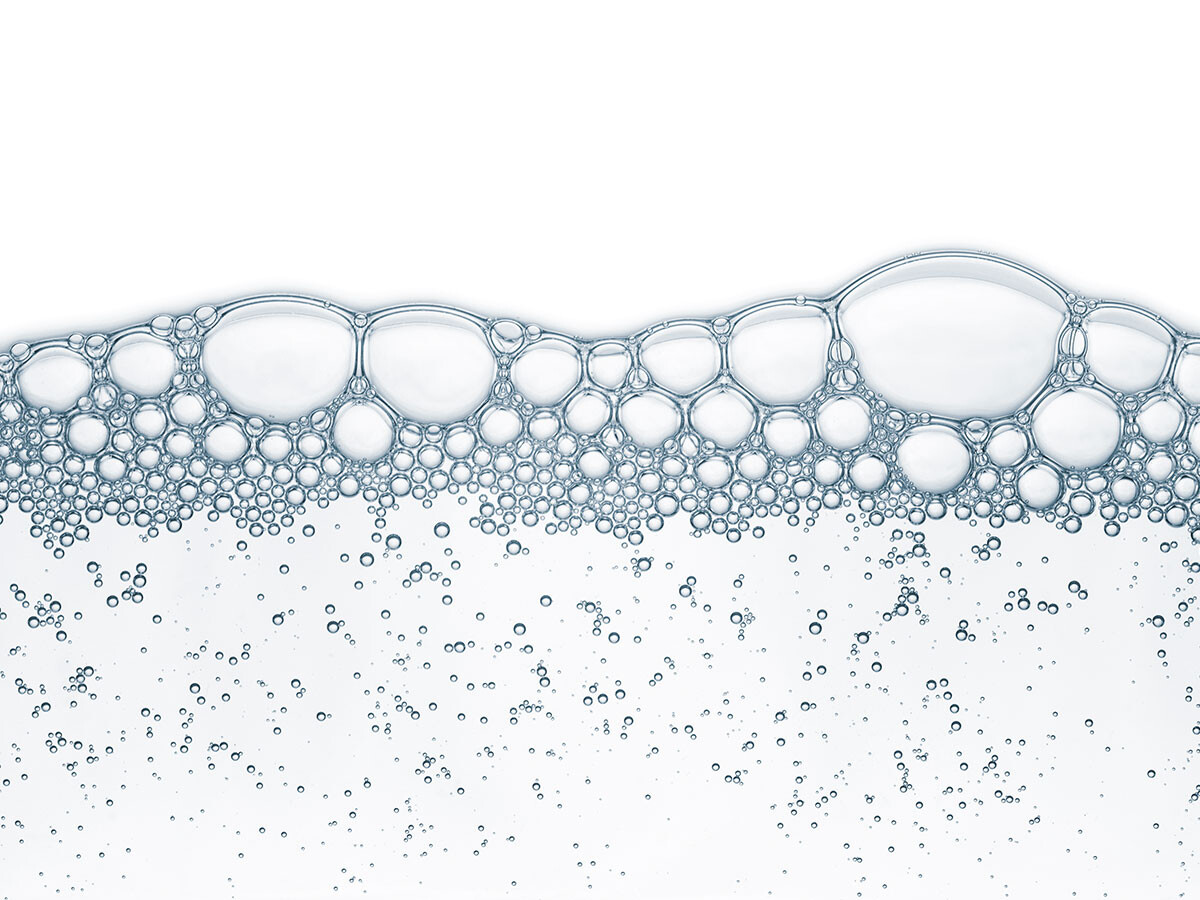Picking the Right Defoamer for Your Details Application Demands
Picking the suitable defoamer for particular application needs is a nuanced procedure that requires careful factor to consider of several variables, such as the foam medium, type, and operating problems. Recognizing the nuances of defoamer efficiency-- including rate and perseverance-- while additionally accounting for ecological and regulative variables is important.
Comprehending Foam Formation
Foam formation occurs when gas is entraped within a fluid, producing a stable structure of bubbles. This phenomenon can substantially impact different industrial procedures, specifically in industries such as food manufacturing, pharmaceuticals, and wastewater treatment. The presence of foam can impede blending, reduce item top quality, and also lead to operational ineffectiveness.
Foam typically develops due to a combination of aspects, consisting of surface-active agents, agitation, and the characteristics of the liquid phase. Surfactants lower the surface area tension of the fluid, assisting in the development of bubbles that can integrate and stabilize. Anxiety, whether from mechanical mixing or gas introduction, enhances bubble formation, bring about enhanced foam quantity.
Understanding the auto mechanics of foam development is important for industries aiming to enhance their processes. By identifying the details problems that advertise foam generation, companies can apply methods to alleviate its effects.
Sorts Of Defoamers Available
Different kinds of defoamers are offered to deal with the challenges positioned by foam in industrial applications. defoamers. Generally identified, defoamers drop into 3 categories: silicone-based, non-silicone-based, and natural defoamers
Silicone-based defoamers are renowned for their efficiency and security throughout a variety of temperatures and pH degrees. They are usually utilized in applications where solid foam suppression is needed, such as in adhesives, coverings, and paints. Their low surface area stress permits rapid foam collapse.
Non-silicone-based defoamers, frequently made from natural compounds, offer an alternative for applications conscious silicone residues. These defoamers can be additional split into polyether and ester types, each customized to meet certain solution needs. Non-silicone defoamers are often made use of in food processing and individual treatment items due to their compatibility with various formulations.
All-natural defoamers, obtained from plant or animal sources, are gaining grip due to their environment-friendly account. These items are especially appealing in applications where regulatory compliance and sustainability are extremely important, such as in agrochemicals and biotechnology.
Choosing the appropriate kind of defoamer is critical for enhancing efficiency and making certain compatibility with particular applications.
Key Application Factors To Consider
When choosing a defoamer, it is necessary to think about the certain application demands to make sure ideal efficiency. defoamers. Different industries have unique requirements, such as food processing, drugs, or wastewater therapy, and each application may call for one-of-a-kind defoaming properties
Secret aspects to evaluate include the tool in which the defoamer will certainly be made use of, whether it is water-based, oil-based, or a mix thereof. The temperature and pH degrees of the application can additionally significantly influence the performance of a defoamer. Furthermore, compatibility with various other chemicals existing in the click this system is critical to stop adverse reactions that can jeopardize efficiency.
Another essential consideration is the lathering actions of the particular system. Understanding whether the foam develops swiftly or slowly can assist the option of a defoamer that targets the source successfully. The desired rate of defoaming can affect the choice, as some applications need quick action while others may tolerate slower defoaming procedures.
Lastly, governing and ecological factors to consider should not be forgotten, particularly in industries with strict compliance needs. Selecting a defoamer that aligns with these factors makes sure both effectiveness and security in the application.

Performance Testing Approaches
Reviewing the performance of a defoamer calls for an organized method to testing that properly gauges its effectiveness in details applications. Numerous performance testing look at this now approaches can be used to determine the optimum defoamer for a given formulation.
One common approach is the bubble test, which examines the defoamer's capability to reduce foam quantity with time. This test involves producing a steady foam and afterwards adding the defoamer to observe the rate of foam collapse. One more method is the vibrant foam examination, where foam is created under regulated problems to simulate real-world application scenarios. This technique supplies understandings into exactly how the defoamer does under varying shear conditions.

Inevitably, choosing the ideal efficiency screening technique depends on the details application and the sort of foam being dealt with. Each technique supplies useful data that can direct formula modifications and improve the performance of the defoamer in useful applications.
Best Practices for Selection


Following, consider the defoamer's efficiency in terms of speed of action and perseverance. A quick-acting defoamer might be required for procedures where rapid foam suppression is critical, while an extra persistent solution could be required for extended foam control. In addition, assess the ecological influence of the defoamer, including its biodegradability and any regulatory conformity needs.
Conduct trials with picked defoamers to determine their efficiency in real-world problems. This step is essential to validate that the chosen product satisfies efficiency assumptions. Last but not least, consult with suppliers or suppliers for technical assistance and guidance, as they can offer useful understandings right into helpful resources product solutions and application methods. By sticking to these best methods, you can enhance foam control efficiency and ensure the long life of your processes.
Conclusion
In summary, picking the appropriate defoamer demands an extensive assessment of various factors, including foam kind, medium, operating conditions, and ecological factors to consider. Understanding the one-of-a-kind characteristics of foam development and the readily available defoamer choices is crucial.
Choosing the ideal defoamer for particular application needs is a nuanced procedure that requires careful consideration of numerous variables, such as the foam operating, tool, and kind conditions.Picking the best defoamer is crucial for achieving ideal efficiency in foam control applications. A quick-acting defoamer may be needed for procedures where quick foam reductions is vital, while a more relentless formula may be required for long term foam control.In summary, picking the appropriate defoamer necessitates a detailed analysis of numerous factors, including foam kind, medium, operating problems, and environmental considerations. Understanding the unique characteristics of foam formation and the offered defoamer options is important.